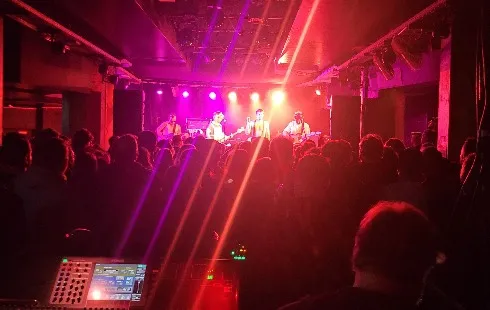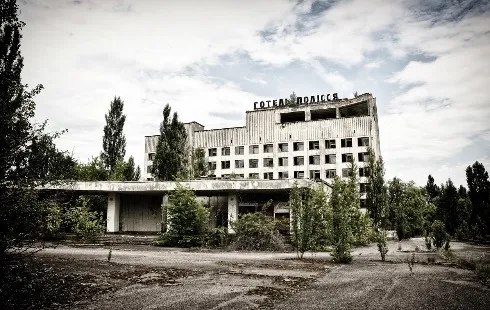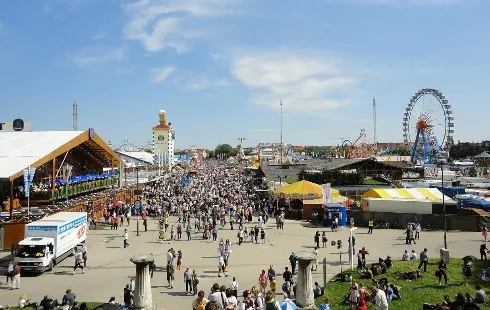
8HoursMining cloud mining platform, daily profits up to $9,337
Section: Business
Recent developments in the Middle East indicate significant changes, particularly concerning the ongoing tensions between Israel and Hezbollah. As of today, a long-awaited ceasefire has been established between these two factions. However, the situation in the Gaza Strip remains dire, with reports indicating that crucial Hamas leaders have been killed in Israeli airstrikes. In a separate front, Syrian rebel forces are advancing near Homs, adding to the complexities of the regional conflict.
The Humanitarian ImpactThe humanitarian conditions in the Gaza Strip are increasingly alarming, with over two million residents living under extremely difficult circumstances, according to United Nations reports. The area has been under a blockade enforced by Israel and supported by Egypt since Hamas took control in 2007. This blockade has severely limited access to essential goods and services, exacerbating the already critical situation for the local population.
Historical ContextThe Israeli-Palestinian conflict has persisted for decades, characterized by violence and suffering that has extended across the region. Since the Six-Day War in 1967, Israel has occupied the West Bank and East Jerusalem, territories that Palestinians claim for their future state, with East Jerusalem envisioned as its capital. The ongoing disputes over these areas remain a focal point of the conflict, influencing broader geopolitical dynamics.
Recent Military DevelopmentsIsrael's recent military operations against Hamas mark a significant escalation, reminiscent of the intense hostilities witnessed during the ten-day conflict in 2021. This latest offensive has raised concerns about potential regional fallout, drawing responses from various international actors who are closely monitoring the situation.
Ceasefire and Its ImplicationsThe establishment of a ceasefire between Israel and Hezbollah may offer a temporary respite from hostilities, yet the underlying issues fueling the conflict remain unresolved. Analysts suggest that while this ceasefire could provide a moment of stability, it is crucial for the involved parties to engage in meaningful dialogue to address the root causes of the ongoing violence.
The Role of International CommunityThe international community's role in mediating peace remains essential. Many nations have called for a renewed commitment to negotiations aimed at achieving a lasting settlement to the conflict. Observers note that without significant diplomatic efforts, the cycle of violence is likely to continue, with devastating consequences for civilians caught in the crossfire.
ConclusionThe situation in the Middle East, particularly regarding the Israeli-Palestinian conflict and tensions with Hezbollah, is fluid and complex. As developments unfold, the need for humanitarian assistance, diplomatic engagement, and a focus on peacebuilding initiatives becomes more pressing. Stakeholders in the region and beyond must prioritize the well-being of affected populations and work towards sustainable solutions to the ongoing crisis.

Section: Business

Section: Arts

Section: Politics

Section: Health Insurance

Section: News

Section: News

Section: News

Section: Arts

Section: News

Section: Arts
Both private Health Insurance in Germany and public insurance, is often complicated to navigate, not to mention expensive. As an expat, you are required to navigate this landscape within weeks of arriving, so check our FAQ on PKV. For our guide on resources and access to agents who can give you a competitive quote, try our PKV Cost comparison tool.
Germany is famous for its medical expertise and extensive number of hospitals and clinics. See this comprehensive directory of hospitals and clinics across the country, complete with links to their websites, addresses, contact info, and specializations/services.
Frisch mit dem Amadeus Austrian Music Award ausgezeichnet, meldet sich OSKA mit neuer Musik und neuen Tourdaten zurück. Ihr zweites Album ,,Refined Believer" erscheint am 20. Juni 2025 und zeigt sie persönlicher und facettenreicher denn je. Noch in diesem Jahr geht sie solo auf Tour, bevor sie...



No comments yet. Be the first to comment!